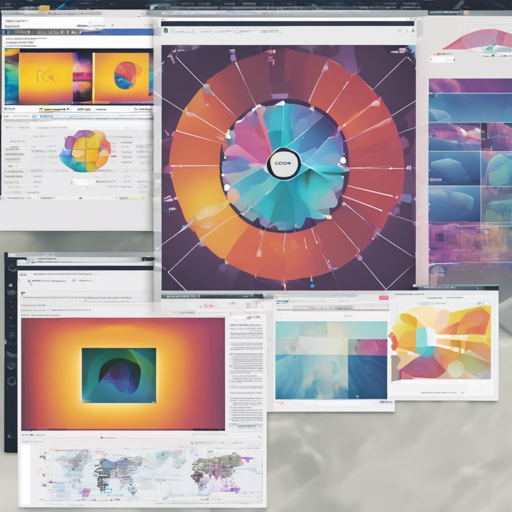The COCO Viewer is a simple yet powerful tool built using Tkinter that allows you to quickly view images from the COCO dataset on your local machine. Whether you’re working on computer vision projects or just exploring the dataset, this guide will help you get started with COCO Viewer in no time!
Requirements
- Python 3 – Make sure you have Python 3 installed on your machine.
- PIL – You’ll need the Python Imaging Library (PIL) for image processing.
Installation Steps
- Clone the repository by running the following command in your terminal:
- Navigate to the cloned directory.
- You’re now ready to use the COCO Viewer!
git clone https://github.com/trsvchn/coco-viewer.gitUsage Instructions
To start viewing the images, run the following command in your terminal:
python cocoviewer.py -hThis will display the help message with available options. The general command to view the images is:
python cocoviewer.py -i PATH_TO_IMAGES -a PATH_TO_ANNOTATIONSHere’s a specific example:
python cocoviewer.py -i coco/images/val2017 -a coco/annotations/instances_val2017.jsonKeyboard Shortcuts for Efficient Navigation
To make your experience seamless, here are some handy keyboard shortcuts:
- J / k – Next Image
- K / ← – Previous Image
- L / Ctrl + L – Toggle Labels
- B / Ctrl + B – Toggle Boxes
- M / Ctrl + M – Toggle Masks
- Ctrl + S – Save Current Image
- Ctrl + Q / Ctrl + W – Exit Viewer
Understanding the Code: An Analogy
Think of the COCO Viewer as a helpful librarian in a vast library filled with books (images). You walk into the library (run the program), and the librarian (the viewer) asks you which section you want to explore (input the paths for images and annotations). As you browse through the books (images), you can easily switch between them using simple gestures (keyboard shortcuts), mark your favorites (toggle labels), and even decide how much detail you want to see (toggle boxes and masks). In this way, the COCO Viewer makes it effortless for you to sift through the endless possibilities in the COCO library!
Troubleshooting
If you encounter any issues while using the COCO Viewer, consider the following troubleshooting tips:
- Ensure you are using Python 3; older versions may not support the necessary libraries.
- Double-check the paths you are providing for both images and annotations; incorrect paths can lead to unexpected results.
- If you experience performance issues, try reducing the number of images being loaded at once.
For more insights, updates, or to collaborate on AI development projects, stay connected with fxis.ai.
Conclusion
With the COCO Viewer, visualizing the countless images in the COCO dataset becomes a breeze. The user-friendly design combined with simple keyboard shortcuts ensures that you can focus on your tasks effectively. At fxis.ai, we believe that such advancements are crucial for the future of AI, as they enable more comprehensive and effective solutions. Our team is continually exploring new methodologies to push the envelope in artificial intelligence, ensuring that our clients benefit from the latest technological innovations.

